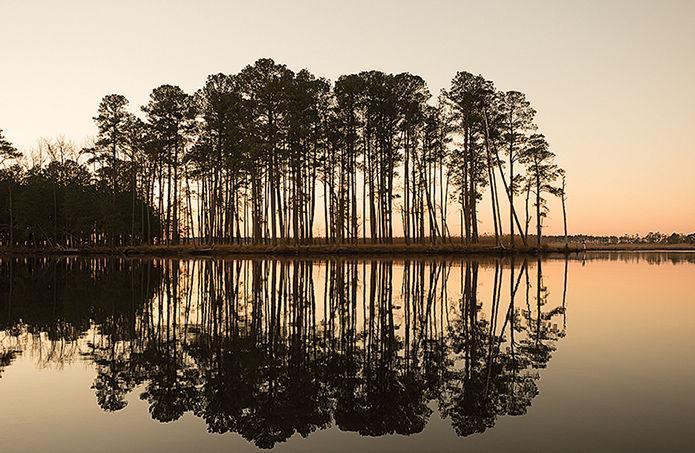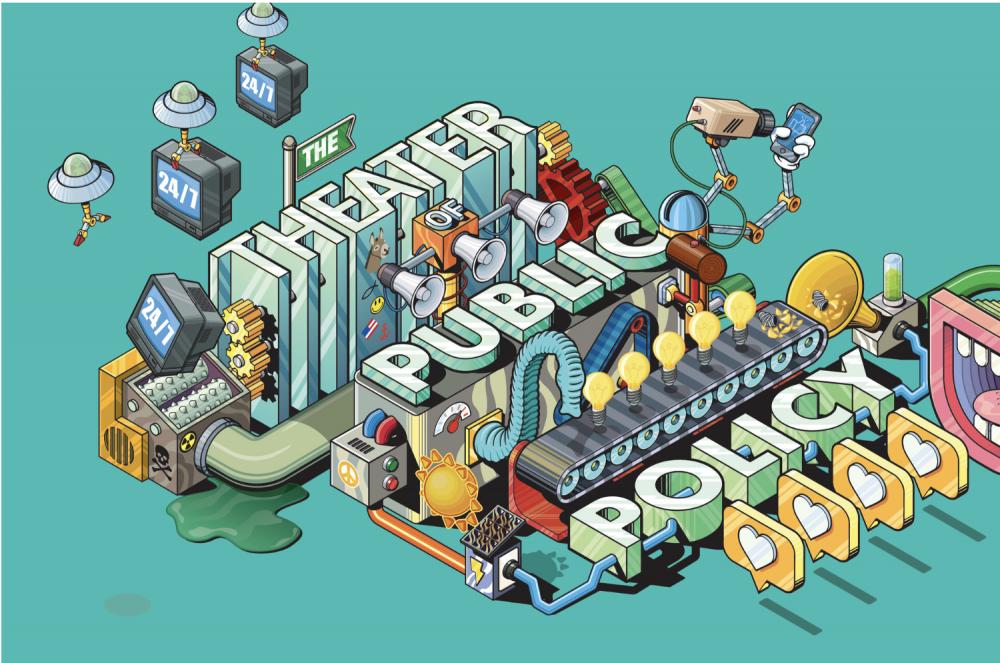The U.S. House of Representatives has approved a sweeping conservation measure that provides continued support for several key Chesapeake Bay initiatives and creates a new program to support fish and wildlife habitat restoration efforts in the watershed.
The America’s Conservation Enhancement Act provides support for two dozen conservation initiatives around the nation that were rolled into a single piece of legislation and overwhelmingly approved by the House on Oct. 1.
The Senate had already approved the bill without controversy, and it is expected to be signed by President Trump.
The bill authorizes the continuation of the U.S. Environmental Protection Agency’s Chesapeake Bay Program, which has coordinated the state-federal Bay restoration effort since 1983. The program supports research, helps assess cleanup progress and provides grants to states, local governments, nonprofits and others.
The legislation reauthorizes the Bay Program for another five years at up to $92 million annually. Congress had allocated $85 million for the current year.
The bill also reauthorizes the Chesapeake Gateways and Watertrails Network. Administered by the National Park Service, the network includes more than 200 state parks, museums and historic sites that provide access to waterways and highlight the region’s natural, historic and cultural heritage. The legislation reauthorized that program for five years. It received $3 million in the most recent year.
Reauthorization does not guarantee future funding, but it makes Congressional support more likely.
The legislation also creates the Chesapeake Watershed Investments for Landscape Development Program — dubbed WILD — within the U.S. Fish and Wildlife Service. The program is authorized to provide up to $15 million annually in grants that support fish and wildlife habitat projects in the Bay region. That could include things such as forest buffer plantings, wetland restoration, initiatives that improve stream health, removal of barriers to fish migration and efforts to improve habitats for species such as black ducks and brook trout.
Environmental groups praised passage of the measure, which had been in the works since last year.
Noting that outdoor activities generate millions of dollars for the region’s economy, Joel Dunn, president of the Chesapeake Conservancy, said “the conservation and restoration of the Chesapeake Bay’s waters and wildlife habitats is essential for our region’s economic resilience and growth, and the ACE Act will greatly enhance these conservation efforts.”
A bipartisan group of lawmakers helped craft different elements of the Bay-related portions of the legislation, including Sens. Ben Cardin (D-MD), Chris Van Hollen (D-MD) and Shelley Moore Capito (R-WV), Sen Tom Carper, (D-DE), and Reps. Elaine Luria (D-VA), Bobby Scott (D-VA) and John Sarbanes (D-MD).
“We’re pleased to see the overwhelming and bipartisan support for the America’s Conservation Enhancement Act,” said Jason Rano, who works on federal legislation for the Chesapeake Bay Foundation. “Legislators from both parties recognize the importance of clean water and a healthy environment.”
Besides the Bay-specific initiatives, the bill reauthorizes a number of national programs that benefit the region, including the North American Wetlands Conservation program, which helps promote wetland restoration, and the National Fish and Wildlife Foundation, which oversees several grant programs that support Bay initiatives.
It also creates a National Fish Habitat Partnership program to provide funding and technical resources to local public-private partnerships to conserve fish habitats.
The final legislation reflected some compromises. For instance, it prohibits the EPA from regulating lead content in hunting and fishing gear for the next five years. Some had pushed to permanently ban the EPA from such action.
By Karl Blankenship



